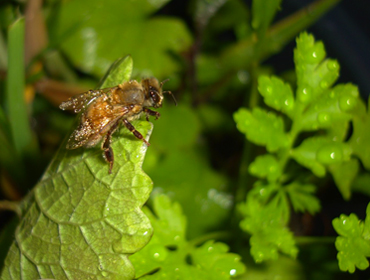

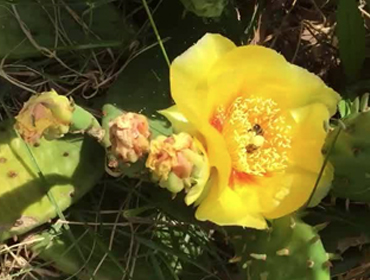
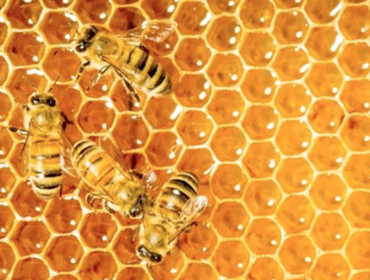
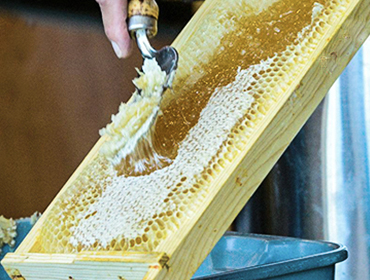
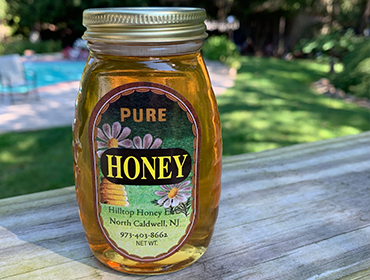
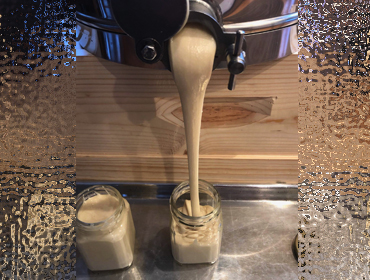
Hilltop Honey is a consistent
“Best in State”!
In operation since 1995, Hilltop Honey not only offers the best of bee products, but its proprietor Joe Lelinho provides public education on - and leadership in understanding the threats to - a species critical to our quality of life.
Joe is frequently consulted by local communities and the press to explain bee-related issues, deal with swarms, and assist in allaying human concerns in sharing our backyards with bees.

Honeybee Facts thanks to: Bee, MD • "Medicine from the Hive" • Dale Bellisfield, RN, RH(AHG), Medical Herbalist, copyright 2012 •www.herbaldale.com
Wild honey gathering is one of most ancient human activities, at least 15,000 years
Bees are the only insect to produce human food!
Democritus (philosopher 460-370 BCE) advised: If you want longevity, you should moisten your insides with honey and your outside with oil.
